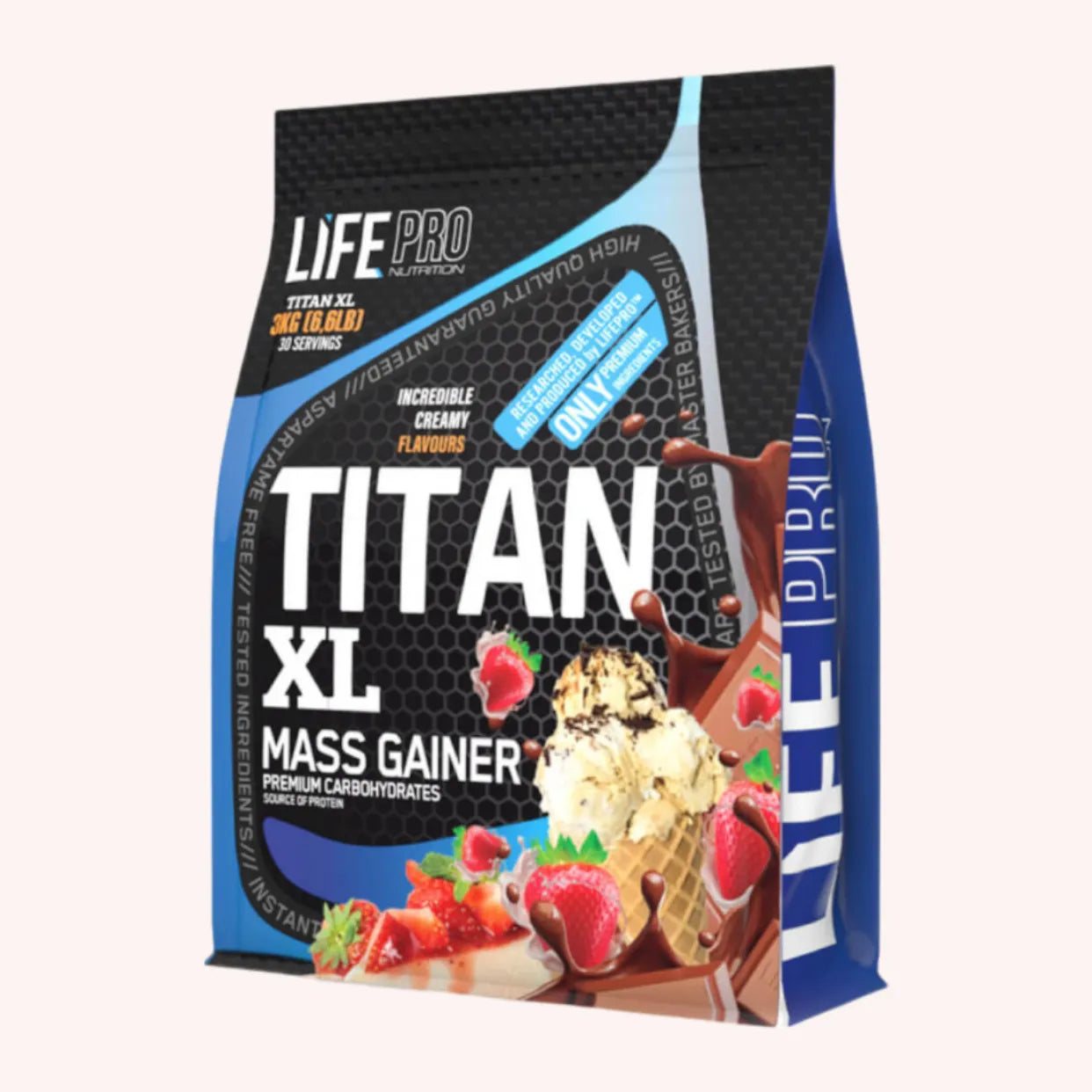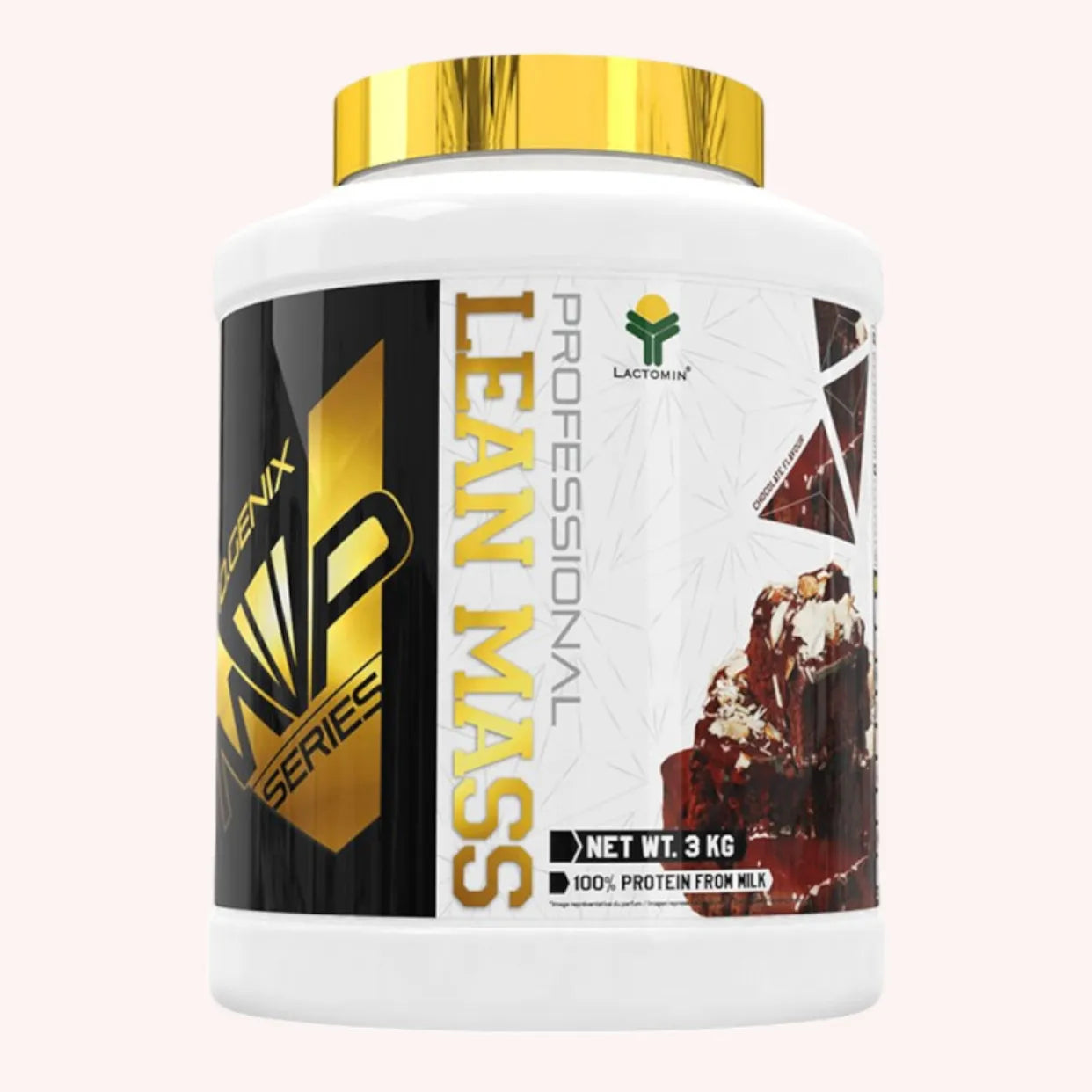For a lean person, gaining muscle mass can be complex. Today, with the right approach to training, nutrition, and rest, it's entirely possible to build muscle mass and achieve a more athletic appearance. That said, what are some tips and strategies for gaining muscle mass when you're lean?
What is an ectomorph?
An ectomorph is a term used to describe a specific type of physical constitution . It is a classification within William Sheldon's body type classification system, which divides individuals into three main categories: Ectomorph , Mesomorph , and Endomorph .
An ectomorph is typically characterized by a thin bone structure , low body fat, and relatively underdeveloped musculature . These individuals often have a fast metabolism, which means they have difficulty gaining weight, including muscle mass. They often have long limbs , a thin waist, and narrow shoulders .
Ectomorphs often have difficulty gaining weight or muscle mass, even when they eat a high-calorie diet and exercise regularly. This does not mean that an ectomorph is necessarily weak or unathletic .
With the right training and nutrition program, it is entirely possible for an ectomorph to build muscle and achieve their fitness goals.
Tips and techniques for gaining weight when you are thin
While most health advice focuses on weight loss, it's equally important to provide tips and techniques to help lean people gain muscle mass and achieve a healthy weight. To achieve this, start by:
Re-evaluate your diet
Reevaluating your diet is essential when you're looking to gain muscle mass while maintaining leanness. To achieve this, you need to monitor each of the following:
Caloric intake
Make sure you're consuming enough calories to support muscle growth. Calculate your daily calorie intake based on your weight , activity level, and goals. It's important to have a slight calorie surplus to promote muscle mass gain.
Proteins
Protein is the building block of muscle building. Make sure you're getting enough quality protein. Protein sources include lean meat , fish , eggs , dairy, and legumes . Aim for about 1.5 to 2 grams of protein per kilogram of body weight per day.
Complex carbohydrates
Carbohydrates are an essential energy source for training and muscle recovery. Choose complex carbohydrates such as whole grains , vegetables , fruits, and legumes . Avoid refined and sugary carbohydrates, which can cause blood sugar spikes.
Healthy Fats
Fats play an important role in hormonal regulation and nutrient absorption. Choose healthy fats such as avocados , nuts , seeds , vegetable oils, and fatty fish .
Frequent meals
Spread your calorie intake and meals into several small portions throughout the day to optimize nutrient absorption and maintain a steady flow of energy.
Hydration
Make sure you stay well hydrated by drinking enough water throughout the day. Hydration is essential for physical performance and muscle recovery.
Take a progressive training approach
Focus on compound exercises that work multiple muscle groups simultaneously, such as squats, deadlifts, bench presses, pull-ups, and dips. Gradually increase the intensity of your workouts by increasing the weight, reducing rest periods, or increasing the repetitions .
Also increase the volume of your workouts by adding additional sets or increasing the number of repetitions per set. Vary your exercises to stimulate your muscles in different ways and work different muscle groups. Apply the principle of progressive overload by gradually increasing the loads or intensity of your exercises.
Remember the importance of rest and recovery. Allow yourself enough rest time between workouts to allow your muscles to recover and strengthen. Also, make sure you get adequate sleep to promote muscle recovery .
Prioritize strength training over cardio
When looking to gain muscle mass, it's important to limit excessive cardiovascular activity, as this can burn the calories you need for muscle growth. Instead, focus on strength training sessions and use heavy weights to promote muscle growth. Still, some cardio can be beneficial for maintaining your cardiovascular health, but be careful not to overdo it.
Get enough rest
Rest is often overlooked, but it's essential for allowing your muscles to recover and grow. When you train intensely, your muscles suffer micro-injuries that take time to repair. Make sure you get enough sleep each night and incorporate rest days into your training schedule. Also, avoid overtraining , as this can lead to injuries and slow your progress.
Use food supplements
While supplements aren't essential, they can be helpful in supplementing your diet and promoting muscle growth. Some popular supplements include protein powder , branched-chain amino acids ( BCAAs ), creatine, and gainers . However, keep in mind that supplements should not be used as a substitute for a balanced diet and should be taken in the recommended dosages.
Track your progress and adjust your program
To measure your progress, track your workout performance. Record the weights you lift, the number of reps and sets you complete, and your physical appearance over time.
This will help you stay motivated and adjust your program if necessary. If you notice a stagnation, try increasing the intensity of your workout, adding new exercises, or modifying your routine to continue stimulating muscle growth.
Lean muscle gain or mass gain: What are your goals?
When embarking on a training and bodybuilding program, it's essential to clearly define your goals. Two common goals are lean muscle gain and bulking . Each of these goals has its own advantages and disadvantages, and it's important to understand these differences in order to choose the one that best suits your needs and expectations.
Lean muscle gain
Lean muscle gain, also known as lean muscle gain, refers to the process of increasing muscle mass while minimizing body fat gain. There are several key elements to know to achieve this.
Balanced nutrition
Proper nutrition plays a vital role in building lean muscle. It's essential to consume enough protein to promote muscle growth, as well as complex carbohydrates and healthy fats to provide the energy needed for training.
Moderate calorie excess
To gain muscle, you need to consume a slight calorie surplus , meaning you eat slightly more calories than you burn. However, it's important not to overdo it, as too much of an excess calorie can lead to unwanted fat gain.
Strength training
Strength training is essential for stimulating muscle growth. Focus on compound exercises such as squats , deadlifts , and bench presses , which target multiple muscle groups at once. Train regularly and use progressively heavier weights to continue challenging your muscles.
Rest and recovery
Give your body time to recover between workouts. Adequate rest allows your muscles to rebuild and grow more efficiently. Aim for about 7 to 8 hours of sleep each night to promote recovery.
Moderate cardio
While it's important to focus on strength training, adding moderate cardio sessions can help maintain cardiovascular health and burn a few extra calories. Avoid overdoing it, however, as too much cardio can hinder muscle gains.
Adequate hydration
Make sure you stay hydrated throughout the day. Water is essential for many bodily functions, including muscle growth and recovery.
Mass gain
Bulking refers to a systematic approach to gaining muscle and increasing body mass . It is often used by bodybuilders and athletes who want to maximize their muscle gain results while minimizing fat gain. To achieve your desired goals, the following points must be followed.
Phase planning
Structured mass gain involves dividing the program into different phases, commonly referred to as “cycles.” Each cycle can last several weeks or months, and each phase has specific goals.
Mass gain phase
The first phase of the program often focuses on general mass gain. This involves a higher calorie intake, with a slight calorie surplus, to support muscle growth. Workouts often focus on strength and muscle hypertrophy.
Consolidation phase
Once the initial mass gain phase is complete, a consolidation phase can be undertaken. During this period, the main goal is to maintain the muscle gained while minimizing fat gain. Calorie intake can be adjusted to match actual energy needs .
Definition phase
The definition phase typically follows the consolidation phase. It aims to reduce body fat while maintaining as much muscle as possible. This phase often involves reducing calorie intake and increasing cardiovascular activity to promote fat loss.
Nutritional planning
Nutrition plays a vital role in structured mass gain. During the bulking phase, it's common to consume a calorie surplus, with adequate protein intake to support muscle growth. As you move into the consolidation and definition phases, calorie intake is adjusted to meet specific goals.
Gaining Muscle Mass When You're Skinny: In Summary
In conclusion, gaining muscle mass when you're naturally lean requires a combination of nutrition, resistance training, rest, consistency, and patience. With the right approach, anyone can achieve their bodybuilding goals.








